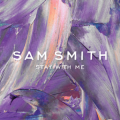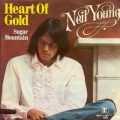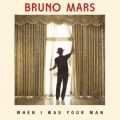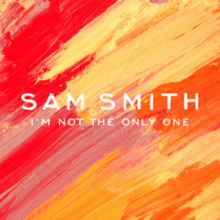 Sam Smith’s 2014 debut album, In the Lonely Hour, launched a number of hits and the third single was I’m Not the Only One. It was written by Smith with Jimmy Napes a/k/a James Napier. It’s a soul ballad that uses a gospel-inspired structure with the piano providing the primary accompaniment that’s supported by orchestral strings. Smith cites Adele and Amy Winehouse as his main influences but also recognizes Whitney Houston, Mariah Carey, Christina Aguilera, Beyoncé and Lady Gaga as the greatest voices in R&B. Today we’ll learn an easy arrangement of the I’m Not the Only One chords for acoustic guitar.
Sam Smith’s 2014 debut album, In the Lonely Hour, launched a number of hits and the third single was I’m Not the Only One. It was written by Smith with Jimmy Napes a/k/a James Napier. It’s a soul ballad that uses a gospel-inspired structure with the piano providing the primary accompaniment that’s supported by orchestral strings. Smith cites Adele and Amy Winehouse as his main influences but also recognizes Whitney Houston, Mariah Carey, Christina Aguilera, Beyoncé and Lady Gaga as the greatest voices in R&B. Today we’ll learn an easy arrangement of the I’m Not the Only One chords for acoustic guitar.
Useful links
Song Specs
Title: I’m Not the Only One
Artist: Sam Smith
Songwriters: James Napier / Sam Smith
Album: In the Lonely Hour
Key: F
Tempo: 82
Chord Progression: F–A–Bb–C–Dm
Accompaniment Technique: First-Position Chords, Basic Fingerstyle with Percussive Strums
Playing Tips
Here are some helpful tips to keep in mind that will help you learn the tune faster while giving you some ideas for how to approach performing it. I provided some useful links above and I’ll take you through the chords, accompaniment patterns, song form, and a chord chart. Everything you need to get started playing this tune.
I’m Not the Only One Chords
| Chords | F | A | Bb | C | Dm |
| Progression | I | III | IV | V | vi |

I’m Not the Only One is the key of F major. It’s pretty much a two-bar chord riff that repeats 3 times. This is followed by a final two-bar phrase that ends the 8-bar cycle. There’s also an 8-bar bridge that breaks up the song form and creates a beautiful change in texture.
The I’m Not the Only One chords are all in the first position and shouldn’t create too much of a problem. I use a traditional fingerstyle fingering for the F chord and standard, barre-chord shapes for the A and Bb chords. In the key of F, the A is usually played as an Am, but, in gospel music, it is common to use the major version of the “III” chord as it creates some beautiful tension that then resolves to the Dm in Bar 2 of the chord riff. A is the V of the vi (Dm) and that’s why it works so nicely.
Accompaniment Techniques
This tune is performed on the piano which offers us some interesting possibilities. I use a fingerstyle technique that I’ll describe below. But, the basic idea is that my thumb plays the bass note (as the left hand of the piano would) and my index, middle, and ring fingers pluck or brush the top part of the chord (as the right hand of the piano would).
Here’s the basic rhythmic feel that I aim for:
- It’s a 2-bar rhythm pattern.
- Play the F on beat 1.
- Add a percussive strum on beat 2
- Switch to the A on the “and” of 2.
- Add a percussive strum on beat 4.
- Then, play the Dm chord on beat 1 of the next measure.
- Add a percussive strum on beat 2
- Switch to the Bb on the “and” of 2.
- Add a percussive strum on beat 4.
- Aim for keeping a steady rhythm throughout.
Basic Fingerstyle Technique
I’m Not the Only One is perfect for beginning fingerstyle players. The right hand is notated as follows:
- P = Thumb
- I = Index
- M = Middle
- A = Ring
I find that using a pick to strum the chords can be a little too harsh sounding for the mood of this tune. For that reason, I suggest using your fingers to pluck and strum the I’m Not the Only One chords. Let’s begin by assigning the right-hand fingers to certain strings:
- The Thumb (P) plays the bass note:
- 6th string for F
- 5th string for A, Bb, and C
- 4th string for Dm
- The Index (I) is assigned to the 4th string.
- The Middle (M) is assigned to the 3rd string.
- The Ring (A) is assigned to the 2nd string.
- The I-M-A fingers move up a string set for the Dm chord.
This is the essence of fingerstyle playing, assigning fingers to specific strings. This way, you don’t need to look at the right hand while playing. Once you get used to it, you can “feel” where you are.
I suggest using the finger-plucking technique for the verse and the finger-strumming technique for the chorus. I explain this in more detail in the video.
Percussive Strum
This technique is subtle but adds to the groove and feel of the tune. Here’s how to execute it:
- Use the same finger assignments as described above.
- Finger-pluck the chord on Beat 1.
- On Beat 2, bring the fingers back to their assigned strings creating a muted strum.
- Finger-pluck the next chord on the “and of Beat 2”.
- On Beat 4, bring the fingers back to their assigned strings creating a muted strum.
Chord Chart
I’ve included an I’m Not the Only One chords chart, which is a simple road map that shows you:
- The overall arrangement of the song.
- A section by section breakdown of the song.
- Each chord and how long to play it for.
If you don’t read music, please don’t be intimidated. This is a cheat sheet that can help you get through the tune quickly and easily. I find it indispensable for learning songs and I can also hand it to a seasoned musician and they can follow along without any problems.
Song Form
- Intro: 8-bar section; A 2-measure section that repeats; the two measure F–A–Dm–Bb chord riff is played three times. This is followed by another two-bar phrase; F for two beats and C for two beats, ending on F for four beats
- Verse: 8-bar section; Same as Intro
- Chorus: 8-bar section; Same as the Intro and the Verse.
- Bridge: 8-bar section; Bar 1, full measure of Bb; Bar 2, full measure of F; Bar 3, full measure of A; Bar 4, full measure of Dm (I like adding the Dm/C to the last beat for a little bit more of a piano feel); Bar 5, full measure of Bb; Bar 6, full measure of F; Bar 7, full measure of Bb; Bar 8, full measure of C.
Once you become familiar with chord charts, you’ll never want to go back. It’s just easier to see where you’re going when you have a map. And, it’s especially helpful when you’re not familiar with the song or there’s a section of the song that you don’t remember (Bridges and Interludes are notorious for surprising players and derailing a song’s performance). So, heads up, this tune has a Bridge with a different chord structure and feel.
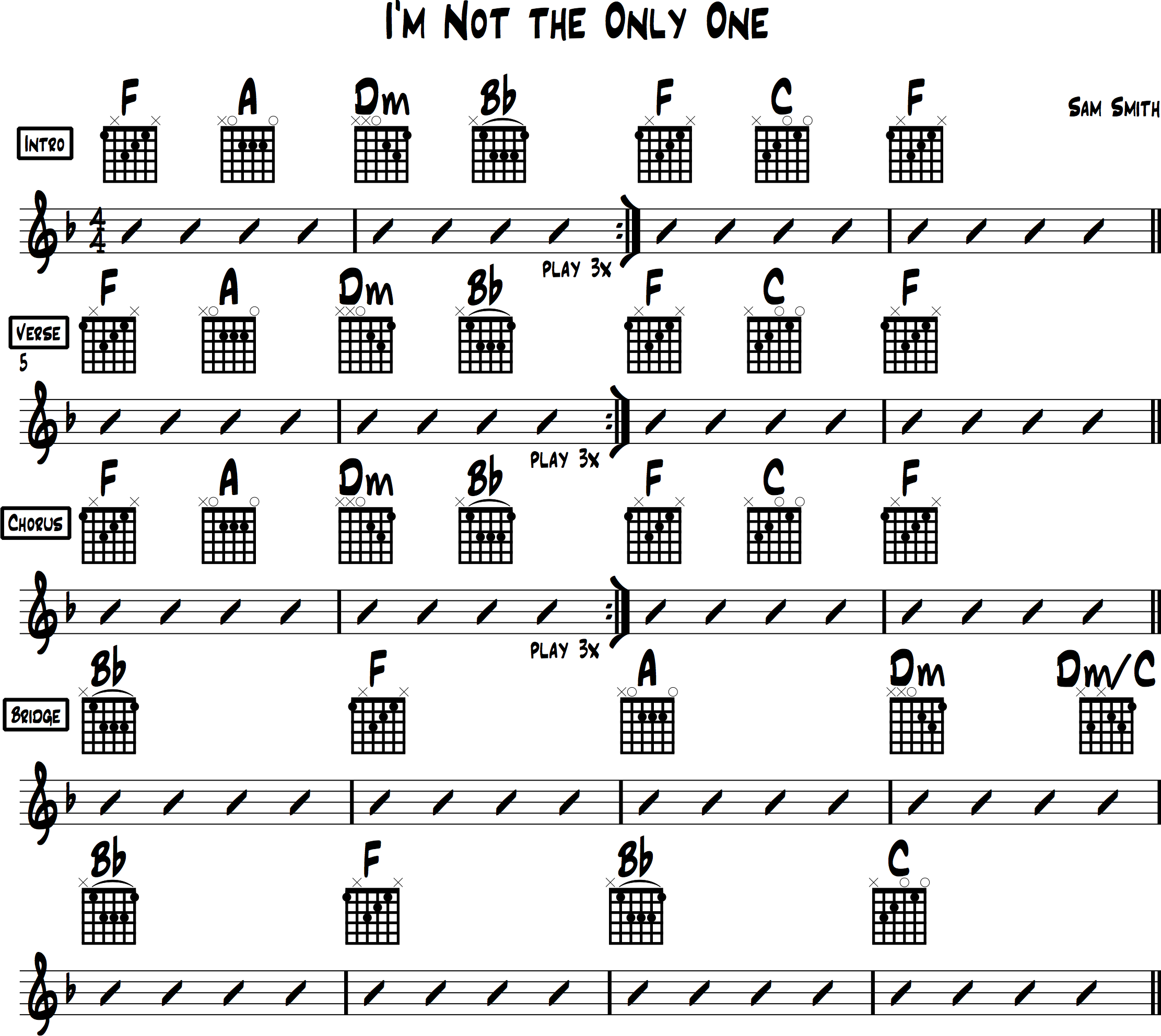
Wrap-up
I hope that you’ve enjoyed learning the I’m Not the Only One chords and if you haven’t checked out any classic R&B and Gospel music then I encourage you to do so. It’s nice to see where today’s artists get their inspiration from and you may discover a new world of music that may motivate you to explore a new direction.
I appreciate you enjoyed checking out this lesson. Thanks for hangin with me and I’ll see you next time.

